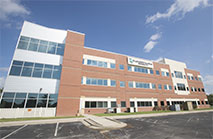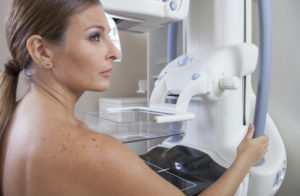
A Pain in the Back: Your Radiologist Can Help!
Back pain is common – in fact, low back pain is the fifth most common complaint bringing you to see your doctor. It turns out, our backs are not made well for upright existence!
It has been shown that most back pain will resolve with conservative treatment – things like physical therapy and sometimes oral steroids – in 8 weeks, even if you have an abnormal bulging or protruding disc. Compounding this, we see lots of abnormal findings involving your spine on imaging, many of which are not related to symptoms.
Because of the above, several organizations including the American College of Physicians have made recommendations concerning when and if imaging for your back pain is a good idea.
In general, imaging for back pain is not recommended in the first 6 weeks of symptoms except for the following:
- Major trauma (like a car accident or fall)
- Known cancer
- Changes in ability to control bowel or bladder
- Fever or other signs your back pain could be from an infection
- Sudden low back pain with focal tenderness on exam
Imaging of the spine may be indicated after a trial of conservative therapy without relief in the following settings:
- Your pain is associated with numbness or tingling in your legs or with loss of strength
- Pain associated with weight loss
- You have risk factors for fractures such as osteoporosis or prolonged steroid use
- Your doctor is concerned about spinal stenosis
- Intervention such as injections are planned
If imaging is indicated, plain films, CT and MRI are all options. Which imaging study is best is based on a combination of your symptoms and the likelihood of the origin of your pain. Imaging of the spine can include:
- Plain films or radiographs are used to look for fractures or malalignment.
- CT is excellent for showing the bones in detail.
- MRI is excellent for showing the discs, nerves and bones.
Back pain is a significant issue for many. We hope this helps explain why imaging may or may not be a part of your evaluation.
(Image credit: Low back pain by Harrygouvas at Greek Wikipedia (Own work) [CC BY-SA 3.0 or GFDL], via Wikimedia Commons)





